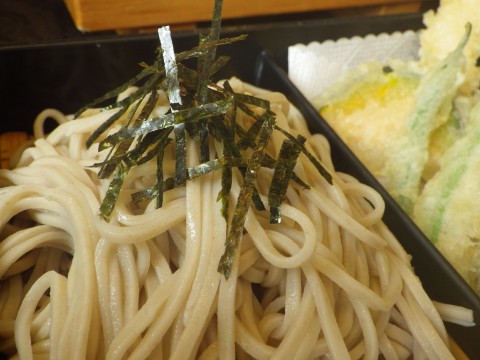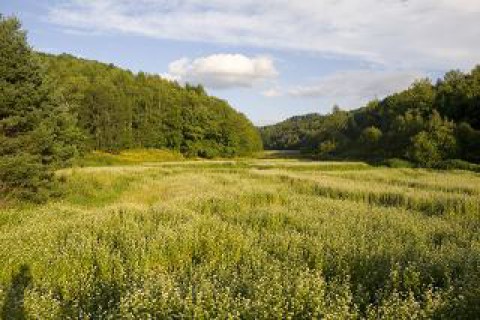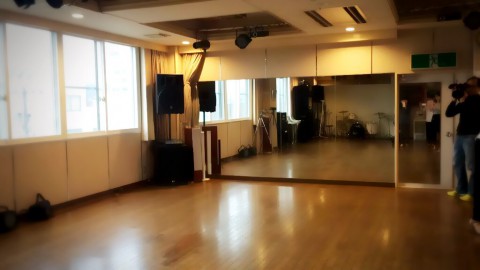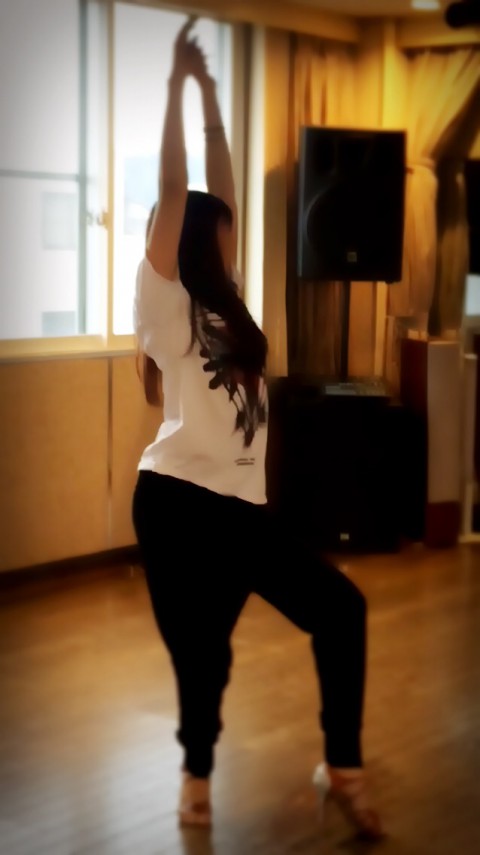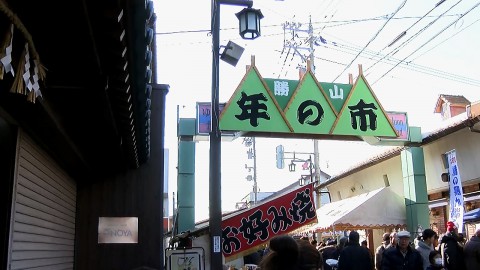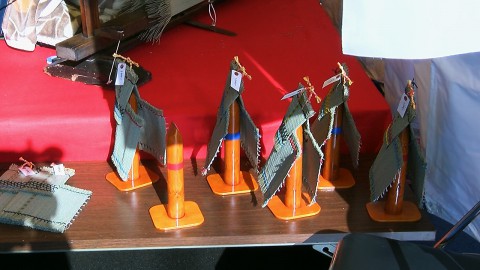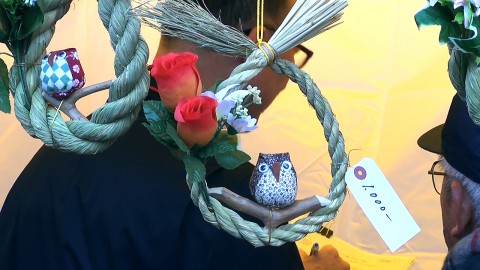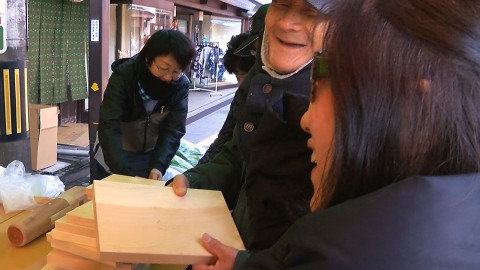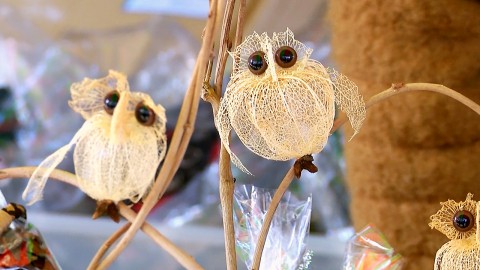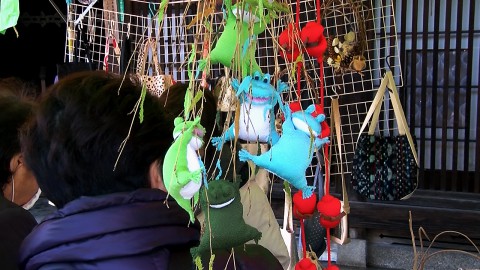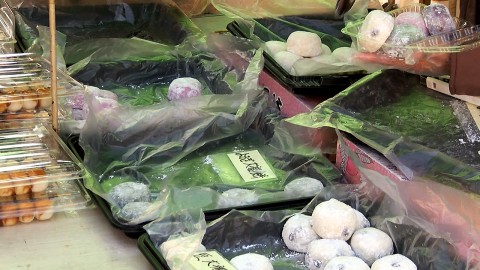Bean-Throwing Ceremony in front of "Fukui Daibutsu" : Fukui Great Buddha
2016.02.08
On February 3rd, for "Setsubun" (Setsubun is the first day of spring according to the old Japanese calendar, or the so-called lunar calendar), "Mamemaki" (Mamemaki is a bean-throwing ceremony) was held at Nishiyama Kosho Temple which is known for "Fukui Daibutsu" (Fukui Great Bhddha) in the central part of Fukui City.
At three in the afternoon, they had the Mamemaki ceremony as they held a departing ceremony for the parade of "Otafukujin" (Otafukujin is god of fortune). After that, they had Mamemaki five more times between five and eight o'clock at night. During these Mamemaki, the illuminated Great Buddha and bonfire, which burns small pieces of holy wood for spiritual purification, stand out against the sky after dark. Then, many people visited and the festive mood was heated up.

The beans for throwing are roasted and packed in small plastic bags with letters, "Fukui Daibutsu Fukumame" (Fukumame means fortune beans in Japanese) printed on.
If there was a winning ticket in any of those bags, they would give you a prize. I heard that there are lucky charms as their prizes such as Daruma dolls (Daruma doll is a Japanese traditional craft, bringer of good luck).
I got the winning ticket and and my prize I received was a box of tissue paper.
I felt lucky though.
T.S


